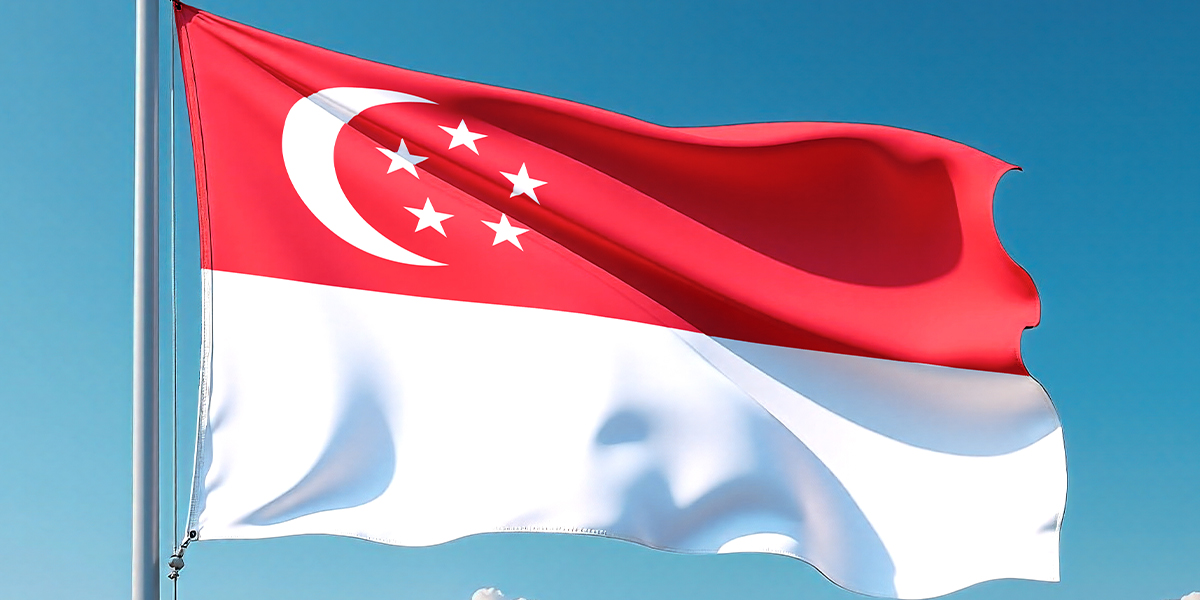Singapore set a new target for cutting greenhouse gas emissions through 2035, but warned that progress will weigh on development of new technologies and continued international cooperation on areas such as clean electricity imports.
According to a statement from the National Climate Change Secretariat (NCCS), Singapore will set a new target to lower total emissions down to between 45-50 million tons by 2035. The new climate goal is to be submitted to the United Nation under the Paris Agreement. In 2023, emissions were 74.3 million tons, data from the European Commission showed. Meanwhile, the previous climate goal set a target for 60 million tons by 2030.
NCCS said that by hitting the lower ceiling of the new 2035 target, Singapore will be on a straight path toward the country’s net-zero goal in 2050. However, the nation was at a disadvantage in deploying renewable technologies, and the pace of decarbonization will heavily weigh on the development of new technologies to combat emissions and international cooperation.
Melissa Low, researcher at the National University of Singapore, said there is no detail disclosing the method of achieving said goal, whether by the means of actual decarbonization, or carbon removals and offset, or a combination between two.
Simon Stiell, executive secretary of the United Nations’ climate division, said in a post on LinkedIn that the UN has urged nations to continue formulate more ambitious plans, known as Nationally Determined Contributions, to cut emissions by the mid-2030s, even as most countries missed an initial deadline at 10 February.
The strategies are supposed to be a blueprint for stronger economies and societies, Stiell said, and that it should cover every sector of the economy and greenhouse gas emitters.





